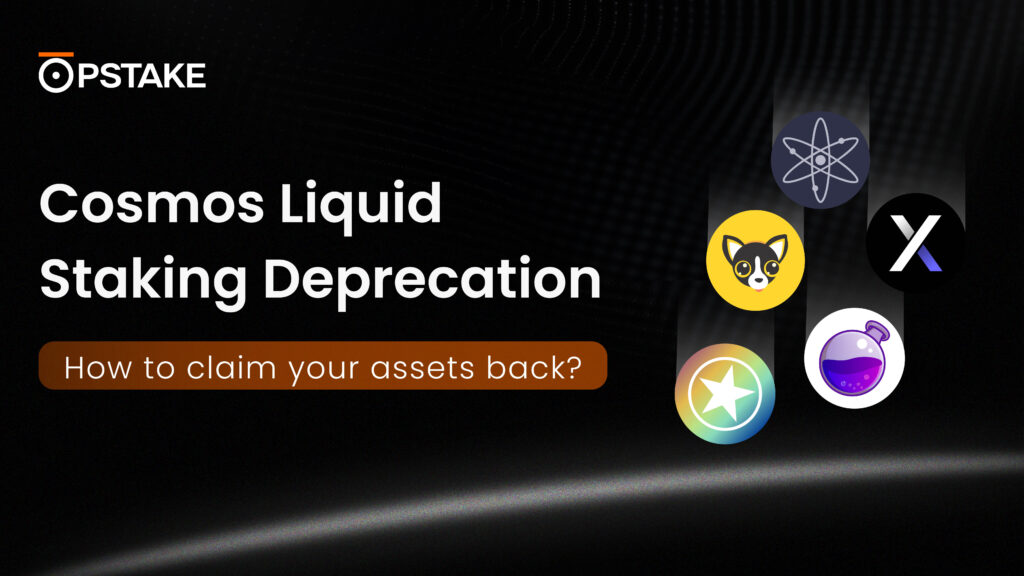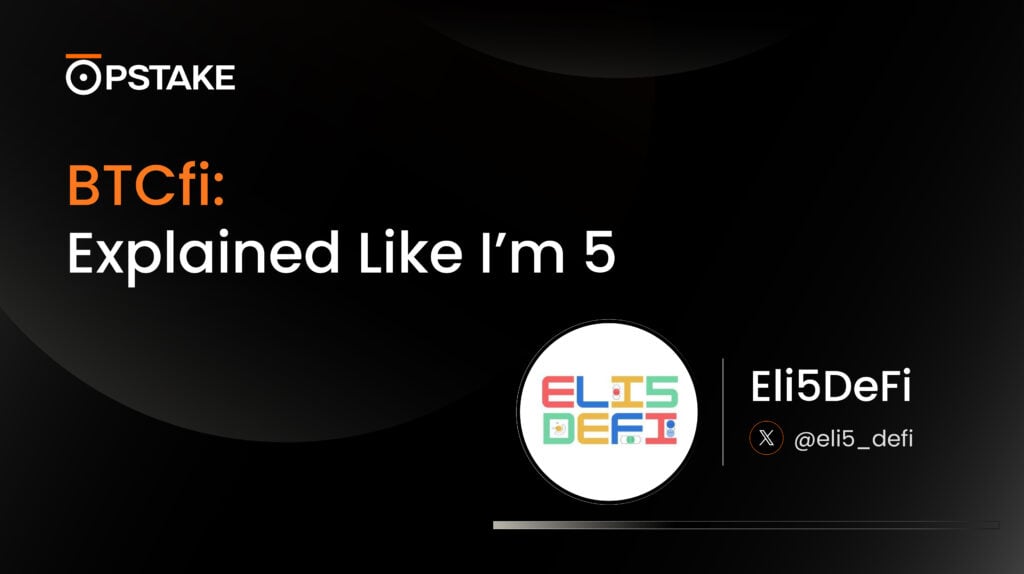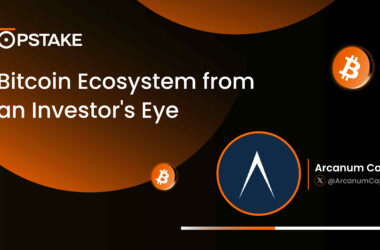Welcome to the 10th edition of our exciting new series, dubbed the ‘X Talks Bitcoin’ series. This is not just another industry discussion. It’s a unique opportunity for the pSTAKE community and Bitcoin enthusiasts to gain exclusive insights into Bitcoin, the emerging BTCfi industry, and potential yield-generating strategies.
Our series will feature expert opinions, providing invaluable insights into the future of Bitcoin and how we can all best position ourselves. These discussions are not just relevant but crucial to all our readers, offering a “not-to-be-missed” and “thought-provoking” perspective on what’s coming next for Bitcoin.
We spoke to Leather BTC wallet in the previous edition about UX on Bitcoin, multiple uses of Bitcoin wallet, and onboarding masses. Today Siddarth from Bima shares his thoughts on decentralized stablecoins.
1) Stablecoins are one of the biggest PMF products in crypto. Why is it important to have a decentralized stablecoin backed by BTC?
The success of stablecoins in crypto demonstrates a clear product-market fit (PMF) for financial instruments that combine the stability of fiat currencies with the programmability of blockchain. A decentralized stablecoin backed by Bitcoin addresses a fundamental trilemma of TVL, utility, and yield. Bitcoin, as the most secure and decentralized asset in the ecosystem, offers unmatched trust and liquidity to attract institutional volume while ensuring a robust base of retail users who seek financial freedom and optionality.
USBD, for example, serves both retail and institutional audiences by balancing utility (as a stable medium of exchange and unit of account) with yield (through collateralization strategies such as Bitcoin LSTs). By providing users with optionality in how they leverage their BTC—whether through staking, borrowing, or hedging—USBD empowers both cohorts to unlock value in ways tailored to their unique needs, creating a sustainable, scalable ecosystem.
2) LSTs are the perfect asset type for any type of collateralization. How does Bima and USBD leverage Bitcoin LSTs?
Liquid Staking Tokens (LSTs) represent a paradigm shift in collateral efficiency by making staked assets productive while keeping them liquid. At Bima, USBD leverages Bitcoin LSTs to address the trilemma of TVL, utility, and yield. By using Bitcoin LSTs as collateral, Bima ensures deep liquidity (TVL), stability (utility), and sustainable rewards (yield). This is particularly valuable for institutional volume, as institutions require scalable, reliable, and yield-generating mechanisms for collateral management.
At the same time, Bima balances these institutional priorities with retail accessibility by creating optionality for strategies that allow users to stake their BTC, mint USBD, and participate in diverse DeFi opportunities. Whether a user seeks yield through lending, safety through overcollateralization, or liquidity for trading, Bitcoin LSTs integrated into Bima unlock flexibility and scalability for all participants. This dual focus ensures that USBD thrives as a chain-agnostic stablecoin with broad appeal across ecosystems and user demographics.
3) How big of an opportunity do Bitcoin-backed stablecoins have? Is there room for another Ethena-like protocol that primarily deals in basis trading on Bitcoin?
The opportunity for Bitcoin-backed stablecoins is vast. With Bitcoin’s global liquidity exceeding $1 trillion during peak cycles and its increasing adoption as a treasury asset, the market potential for Bitcoin-backed financial instruments like stablecoins is immense. These stablecoins fill critical gaps in the ecosystem, enabling cross-border remittances, decentralized borrowing, and robust hedging mechanisms, all while tapping into Bitcoin’s unparalleled decentralization and liquidity.
Addressing the trilemma of TVL, utility, and yield, Bitcoin-backed stablecoins must provide institutional-grade strategies that scale with institutional volume while maintaining retail balance. USBD tackles this by offering optionality for strategies—allowing users to mint, borrow, lend, or trade with their Bitcoin-backed stablecoins in ways that align with their goals. For institutions, this might mean basis trading or accessing structured products, while retail users benefit from seamless liquidity and yield-generation tools.
As for a basis-trading-focused protocol like Ethena, there is room for innovation, but differentiation will be key. Bitcoin’s derivatives market is growing, but basis trading alone won’t solve the broader need for accessible, decentralized stablecoin solutions. A successful protocol must integrate optionality, robust yield mechanisms, and deep liquidity to attract both retail and institutional participants, cementing its place in a rapidly expanding market.
Bima’s approach ensures it goes beyond basis trading by positioning USBD as the center of a holistic Bitcoin-backed stablecoin ecosystem that balances utility, TVL, and yield. This balance paves the way for sustainable growth and broad adoption across market segments.
About pSTAKE Finance
pSTAKE Finance is a Bitcoin Yield and Liquid Staking protocol, backed by Binance Labs.
With pSTAKE Finance, users can liquid stake BTC to get rewards from Babylon’s Trustless BTC staking for securing other app chains while maintaining their liquidity.
Accessing Bitcoin yields should not be complex, risky, or unsafe. With four years of liquid staking expertise and expert-curated yield strategies, pSTAKE Finance helps individuals and institutions put their BTC to work in BTCfi.
pSTAKE Finance has partnered with leading blockchain security firms, such as Halborn, Hexens, Oak Security, Immunefi, Forta, and more, to offer a secure liquid staking product suite.
PSTAKE is the governance and incentivization token of the pSTAKE Finance protocol. It has some of the most prominent investors, including Binance Labs, DeFiance Capital, Spartan Group, Coinbase Ventures, and Kraken Ventures.









